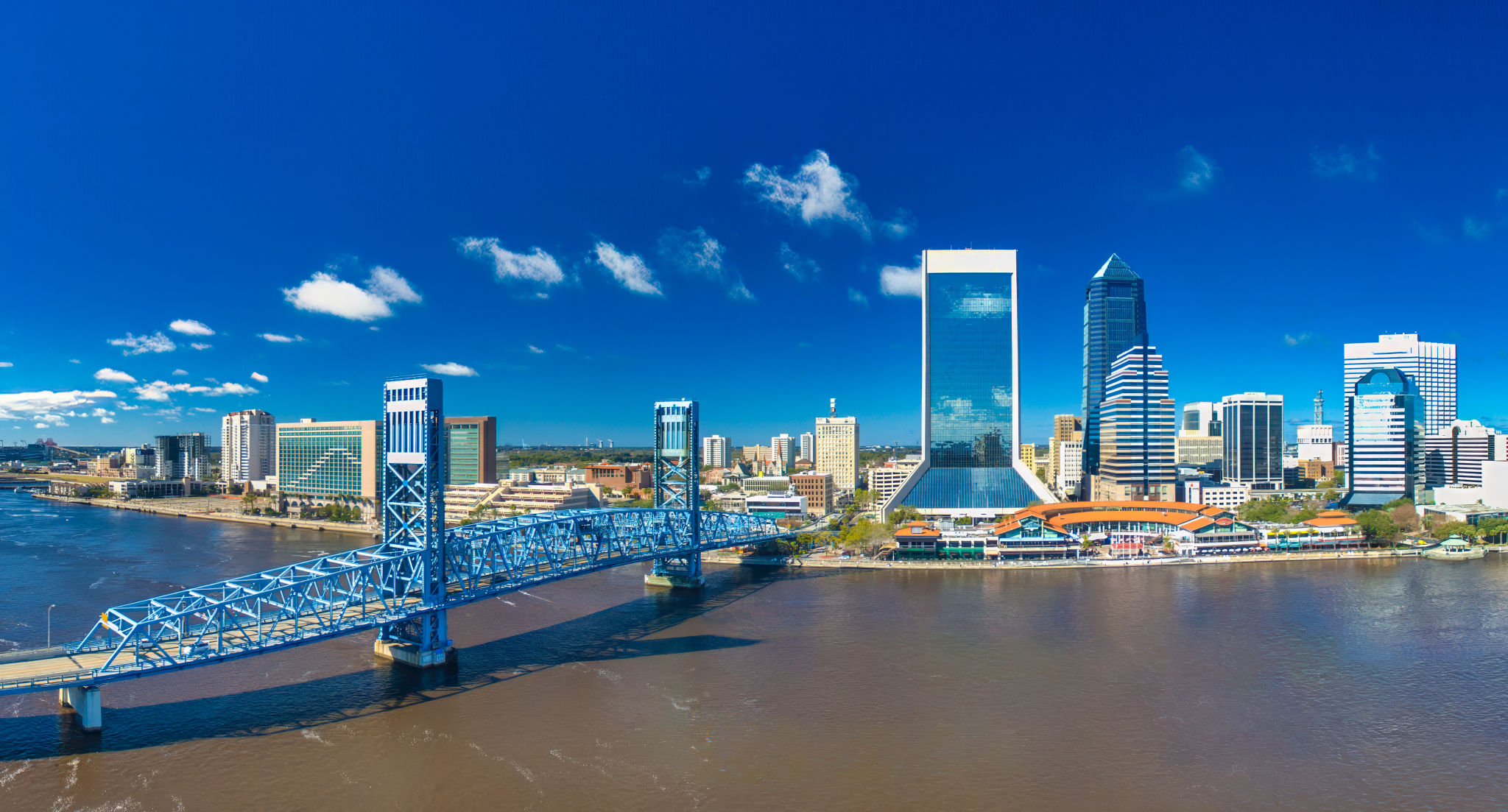How Seasonal Changes Affect Community Initiatives in Jacksonville
Understanding Seasonal Changes in Jacksonville
Jacksonville, Florida, boasts a unique climate that significantly influences community initiatives throughout the year. With its distinct seasons, ranging from hot, humid summers to mild winters, the city experiences diverse weather patterns that impact both the planning and execution of community projects.
While some initiatives thrive during certain seasons, others may face challenges that require adaptation and strategic planning. Understanding these seasonal shifts is crucial for community leaders and volunteers aiming to maximize their impact.

Summer: The Season of Growth and Activity
Summertime in Jacksonville is characterized by long days and ample sunshine, making it an ideal period for outdoor community projects. Initiatives such as park clean-ups, beach conservation efforts, and summer camps flourish during this time. The warm weather encourages residents to participate actively and engage in outdoor activities.
However, the intense heat can also pose challenges. Organizers must consider hydration stations, shaded rest areas, and early morning or late afternoon scheduling to ensure the safety of participants. Despite these considerations, summer remains a vibrant season for community engagement.

Fall: A Time for Reflection and Planning
As the heat of summer begins to wane, fall offers a more comfortable climate for community initiatives. This season is often used for strategic planning and organizing events like cultural festivals and educational workshops. The cooler temperatures invite more prolonged outdoor participation without the risk of heat-related issues.
Fall is also a prime time for agricultural projects, such as community gardens and farmers' markets. These initiatives benefit from the harvest season, providing fresh produce and fostering a sense of community around sustainable practices.
Winter: Focusing on Indoor Activities
Winter in Jacksonville is mild compared to other regions, but it still prompts a shift toward indoor activities. Community centers become hubs of activity, hosting health fairs, art exhibitions, and holiday events that bring residents together during the cooler months.
This season is an excellent opportunity for community education programs and skill-building workshops. The focus on indoor initiatives allows for creative projects that might be challenging to conduct outdoors during other times of the year.

Spring: Renewal and Revitalization
Spring marks a period of renewal and revitalization in Jacksonville. As nature awakens, so do community initiatives aimed at beautification and environmental conservation. Tree planting events, neighborhood clean-ups, and eco-friendly projects gain momentum as residents are eager to emerge from winter hibernation.
This season also sees an influx of volunteer participation as people are motivated by the pleasant weather and the prospect of contributing to their community's growth. Spring is a time of optimism and action, setting the stage for successful projects throughout the year.
Conclusion: Embracing Seasonal Changes
Recognizing and adapting to Jacksonville's seasonal changes is essential for the success of community initiatives. By aligning projects with the unique characteristics of each season, organizers can enhance engagement, optimize participation, and ultimately achieve greater impact.
Whether it's leveraging the summer sun for outdoor activities or utilizing winter's cooler climate for indoor events, understanding these seasonal dynamics allows community leaders to plan effectively and foster a vibrant, connected community year-round.
